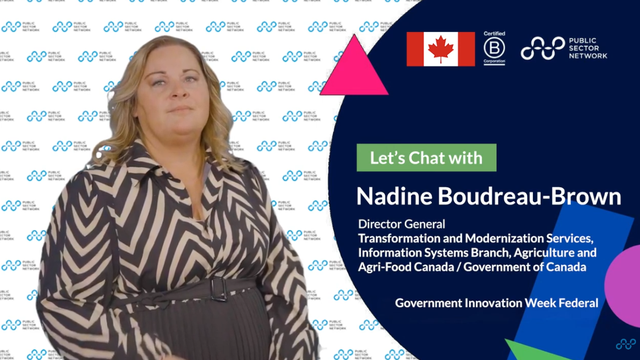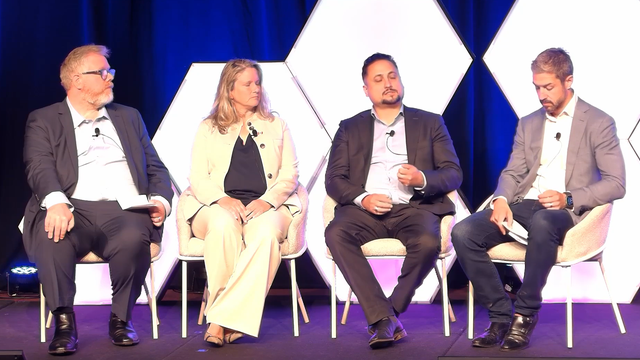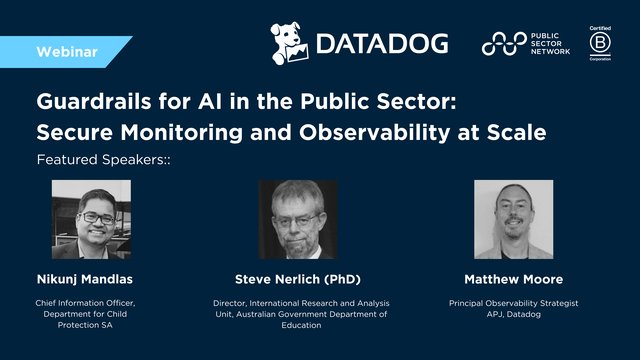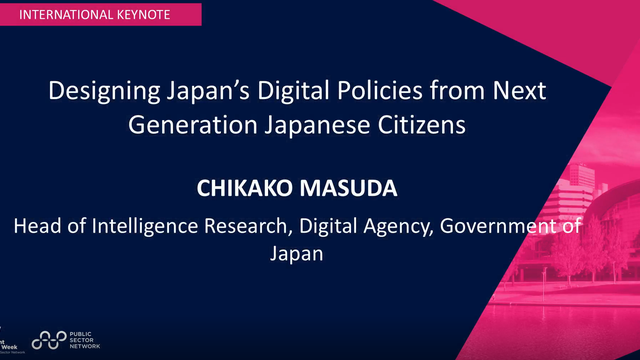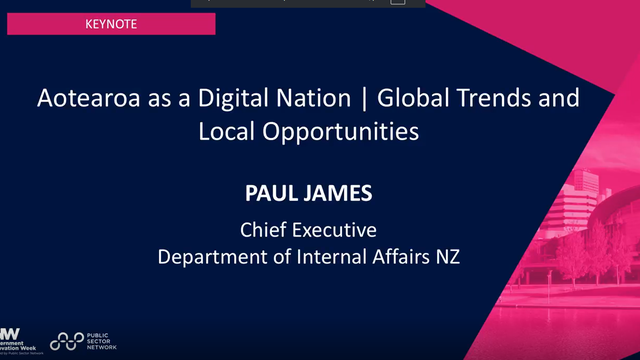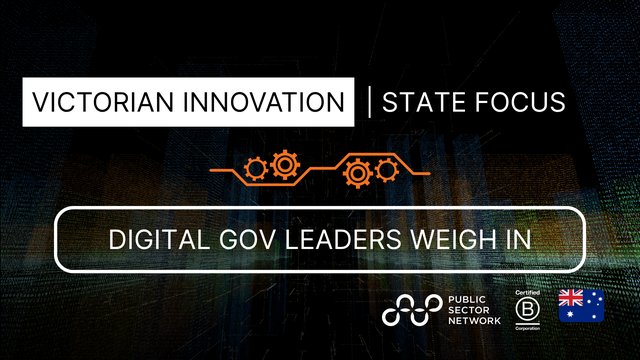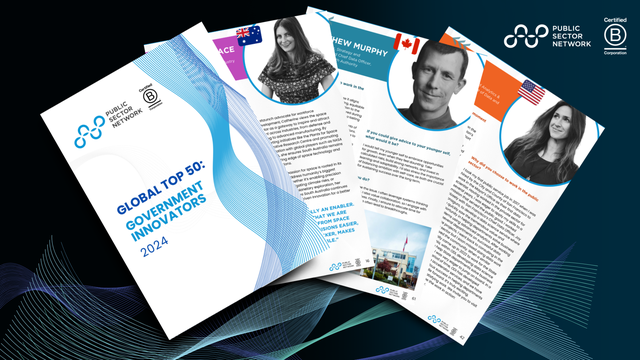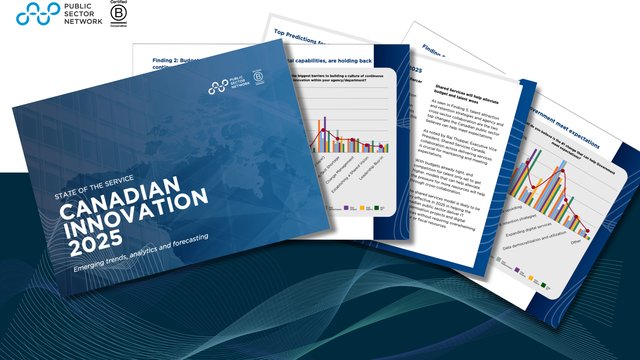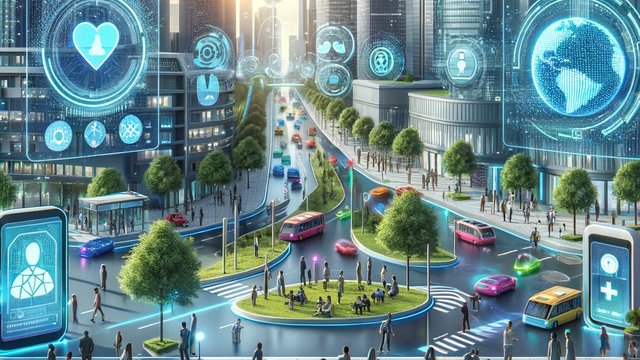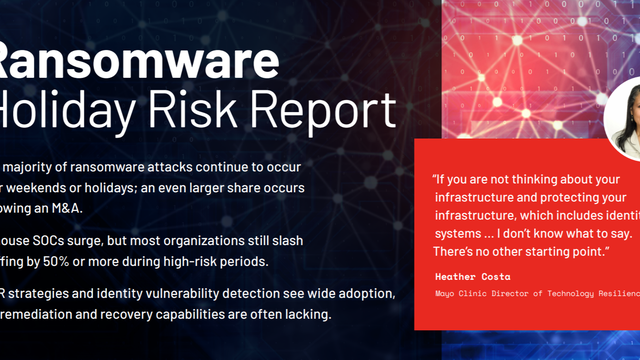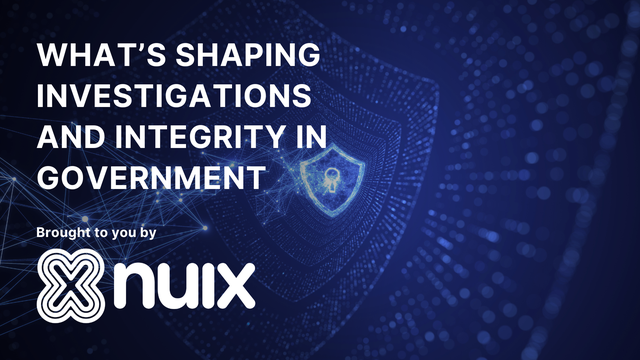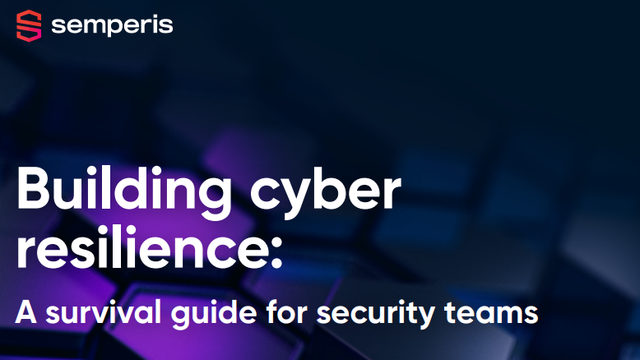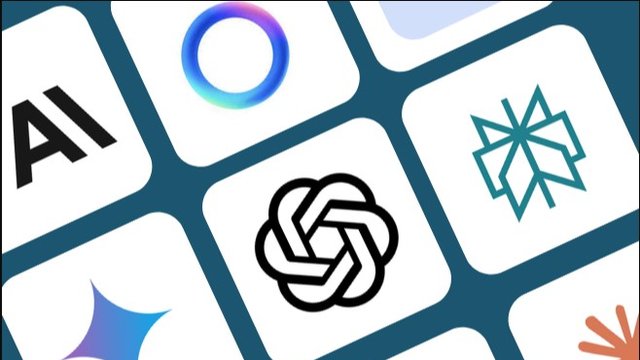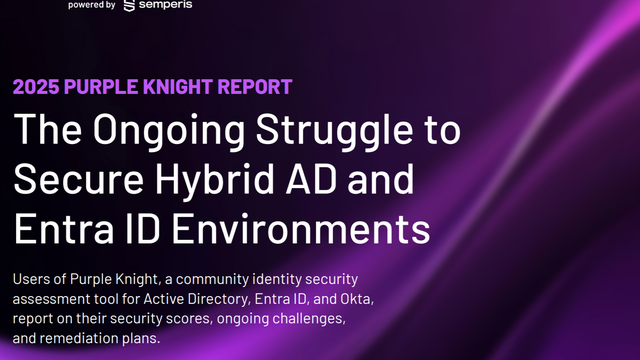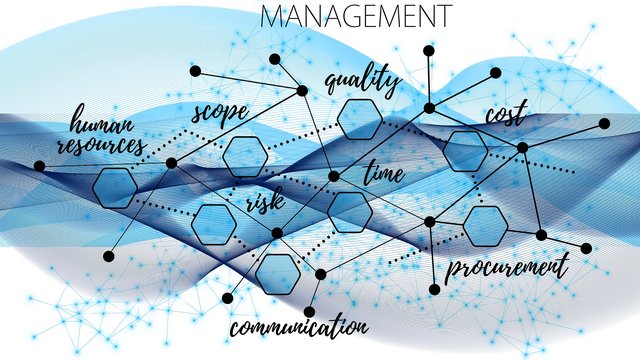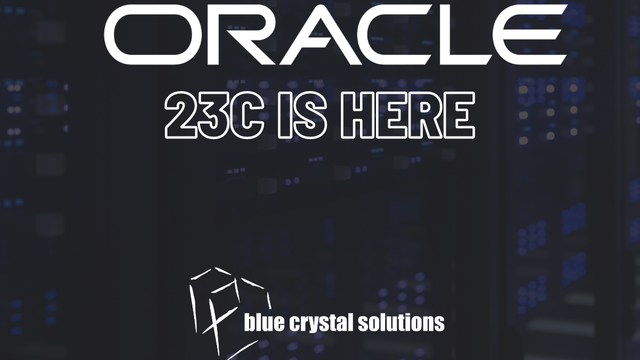
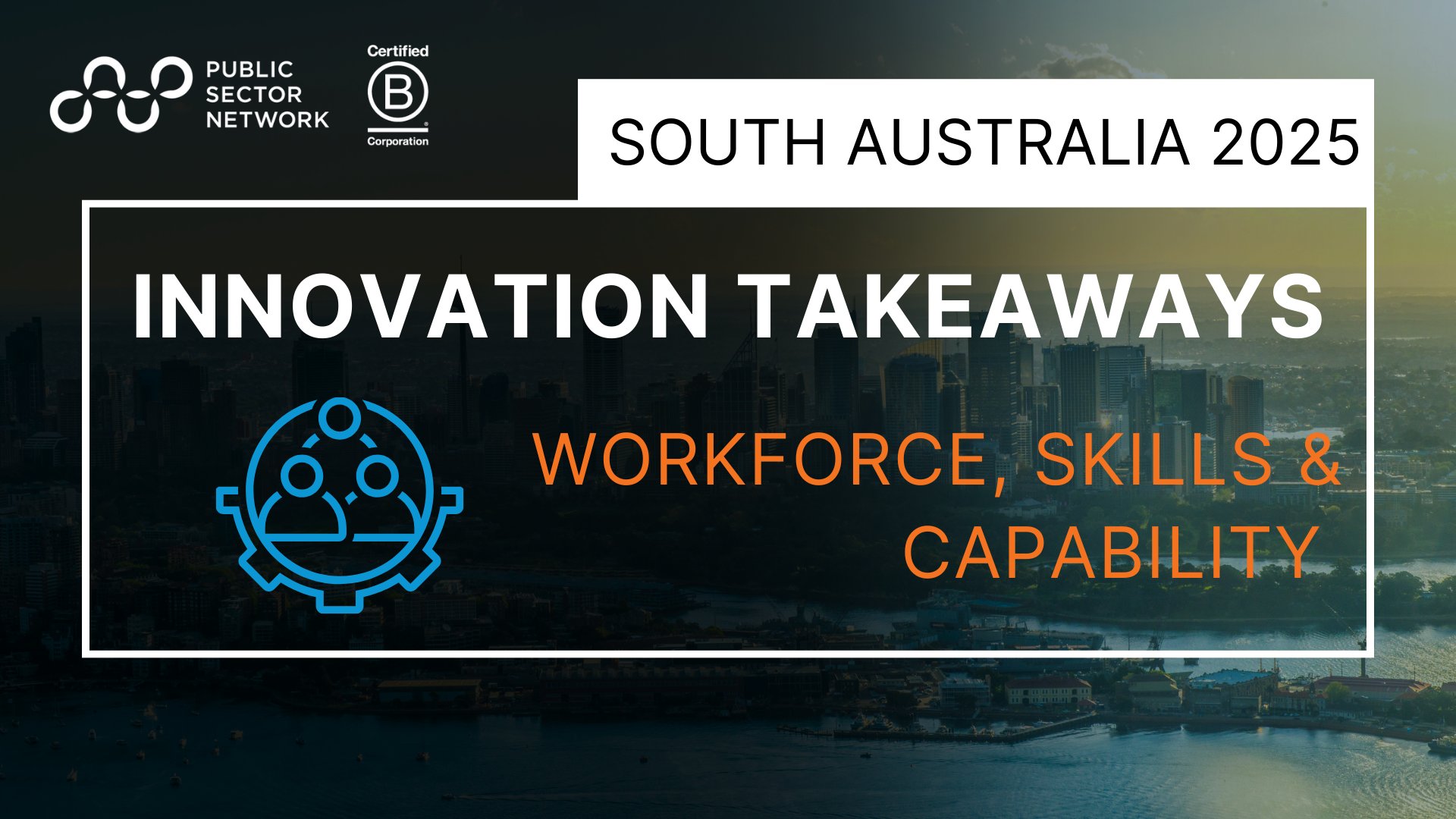
University Keynote: Educating a Future Focussed Workforce: Developing Adaptive Experts for the Pace of Change of Technology in the Workplace
Professor Romy Lawson, Senior Deputy Vice-Chancellor, Flinders University
- The workforce of the future must embrace adaptability
Rapid technological advancements and shorter cycles of innovation require graduates to develop adaptive expertise. Instead of training for static roles, education should equip learners with problem-solving skills, digital literacy, and resilience to navigate constant change. - Universities must evolve beyond traditional degree models
Industry demands are shifting towards short courses, micro-credentials, and work-integrated learning to address workforce shortages and upskilling needs. Universities must collaborate with industry partners to co-design flexible, practical education pathways that meet evolving job market requirements. - AI and digital technologies are transforming education and employment
Despite AI’s rapid adoption, many professionals and educators remain hesitant to integrate it fully into their workflows. Upskilling in AI and digital competencies is critical—not just for technical proficiency but to ensure professionals and graduates can leverage technology to enhance their roles rather than be replaced by it.
How One Simple Change Can Transform Employee Experience in Government
Chris Ward, Enterprise Account Executive - Public Sector – APAC, Nitro
- Modernising document workflows can drive efficiency and cost savings
Many government employees rely on PDFs for daily tasks, but limited access to editing tools creates inefficiencies. Expanding access to digital document management solutions can streamline workflows, reduce reliance on paper-based processes, and save costs—often by 30–50% compared to legacy systems. - Secure and user-friendly digital tools improve productivity
Government IT leaders must balance security, usability, and cost when modernising software. Solutions that integrate easily with existing platforms, provide secure on-premise options, and include robust training and onboarding processes can ease adoption and enhance workforce productivity. - Analytics-driven insights support better decision-making
Digital document management tools with built-in analytics allow organisations to measure efficiency gains, track resource savings, and optimise software use. Understanding how employees interact with technology enables better resource allocation and supports data-driven decisions for continuous improvement.
Empowering a Progressive and Future-Ready SA Public Sector by Strategically Developing and Recruiting Future Skillsets
Graeme Jackson, Executive Director, People and Corporate Services, Department for Infrastructure and Transport
Julia Waddington-Powell, Chief Executive, SAFECOM

- Diversity of thought drives better public sector outcomes
A truly progressive public sector values diversity beyond demographics—it must embrace different perspectives, experiences, and ways of thinking. By actively listening to diverse voices, fostering inclusive leadership, and ensuring representation in decision-making, agencies can drive better policy and service delivery outcomes. - Flexibility and skills-based recruitment are critical for attracting top talent
Traditional, rigid hiring processes can limit access to a broader talent pool. Public sector agencies must shift toward skills-based recruitment, support career pathways for neurodiverse and underrepresented groups, and leverage remote work opportunities to attract and retain top talent—especially in competitive fields like procurement and digital services. - Cross-agency collaboration enhances workforce development
Rather than competing for resources, government departments should collaborate to develop shared recruitment, training, and upskilling initiatives. This ensures that all sectors—from infrastructure to social services—are equipped with the skills and workforce capacity needed to meet future challenges.
Advancing SA’s Defence Capabilities: Fostering a Vibrant Defence and Space Research and Innovation Ecosystem
- Workforce and skills development are critical to delivering defence projects
South Australia’s defence industry must nearly double its workforce over the next two decades to meet demand. Investment in technical colleges, degree apprenticeships, and industry-led training initiatives is essential to ensuring a skilled pipeline of professionals in engineering, manufacturing, and advanced technologies. - Collaboration across industry, government, and academia drives innovation
South Australia's defence sector fosters innovation through partnerships between universities, SMEs, and major defence contractors. Programs like the Defence Innovation Partnership and targeted research funding initiatives help accelerate the development of new technologies while strengthening the state’s defence ecosystem. - AI and advanced manufacturing are reshaping the future of defence
Artificial intelligence and additive manufacturing are poised to significantly impact defence operations, supply chains, and workforce needs. While AI presents opportunities for enhanced automation and decision-making, it also introduces strategic challenges that require careful integration and governance to maintain national security.
Driving Capability within SA Tourism and Creating the Culture of Innovation
Emma Terry, Chief Executive Officer, South Australian Tourism Commission
- Enhancing South Australia's appeal through place-based branding
Tourism is a highly competitive industry, and South Australia must differentiate itself by embracing its unique cultural identity. Moving beyond traditional destination marketing, the state is leveraging place branding to showcase its distinctiveness, aiming to increase visitor appeal and rise in national tourism rankings. - Workforce development and regional sustainability are critical
Tourism faces challenges with workforce retention, seasonality, and regional staffing. Strategies such as career pathways, skill-building initiatives, and improved regional infrastructure (e.g., staff accommodation) are essential to ensuring a sustainable, year-round tourism workforce. - Collaboration and innovation drive tourism growth
Cross-agency and industry partnerships, as seen in initiatives like accessible beach days and tourism-environment sustainability programs, are essential for innovation. Convening diverse stakeholders fosters creative problem-solving, strengthens South Australia's tourism ecosystem, and enhances economic and community benefits.
Enhancing Workforce Diversity to Power Innovation
Jeff Swann, Chief Officer & Chief Executive, South Australian Metropolitan Fire Service
Julie Holmes, Commissioner of State Taxation, Revenue SA
- Breaking down barriers to inclusive recruitment
MFS has identified hidden biases in its recruitment processes, such as word-of-mouth hiring and licensing requirements that exclude diverse candidates. Initiatives like "Come and Try" recruitment days and mentorship programs are helping to level the playing field. - Flexible workforce policies improve retention and inclusion
Emergency services have traditionally operated on rigid rosters, making work-life balance difficult. MFS is introducing flexible shifts, revised leave policies, and part-time training to support a more diverse and adaptable workforce. - Diversity strengthens innovation and community safety
A more diverse firefighting workforce leads to better problem-solving for modern challenges, such as lithium-ion battery fires. By reflecting the communities it serves, MFS enhances both service effectiveness and public trust.
The Evolving Intersection Between People and AI/Technology, And How to Align the Two for the Greatest Efficiency, Excellence, and Productivity.
Nikunj Mandlas, Chief Information Officer, Department for Child Protection
Linda Abrams-South, Executive Director, Corporate Services, Courts Administration Authority
AI as a Co-worker, Not a Replacement
AI should be seen as an efficiency tool that enhances human decision-making rather than replacing jobs. Public sector roles will evolve, focusing on relationship-building, strategic thinking, and creative problem-solving, while AI handles transactional and repetitive tasks.Building AI Literacy Across All Levels
AI training should be tailored to different roles, from frontline workers to executives and board members. Public sector leaders must foster curiosity and AI literacy to ensure responsible adoption, mitigate risks, and drive innovation without stifling creativity.Balancing Innovation with Governance
AI implementation must align with policy frameworks, risk management, and ethical considerations. Open communication and controlled experimentation are key to integrating AI into government processes while maintaining public trust and ensuring responsible use.
Accelerating State Capability and Innovation: Supporting A Vibrant Economy by Growing And Advancing SA’s Technology Ecosystem
Professor Anton van den Hengel, Director, Centre for Augmented Reasoning (CAR) Australian Institute for Machine Learning (AIML), University of Adelaide
Dr Andrew Dunbar, Executive Director, Research and Innovation, Department of State Development
Strategic, Long-term Investment is Essential for Innovation
South Australia must commit to sustained funding for research, development, and infrastructure to remain globally competitive. Government-backed initiatives, industry collaboration, and targeted investments in emerging sectors (e.g., AI, space, defense) drive economic growth and job creation.Collaboration Between Government, Industry, and Academia is Critical
Successful innovation ecosystems require aligning incentives across research institutions, businesses, and policymakers. Public-private partnerships, investment in research talent, and leveraging Commonwealth funding can strengthen South Australia’s technological leadership and attract global players.Building a Connected Innovation Ecosystem
Innovation is both incremental and long-term. While small-scale workplace innovations drive efficiency, broader success depends on scaling up interconnected research hubs, tech parks, and industry zones. The SA Innovation Places Leadership Framework aims to unify these efforts and sustain innovation beyond political cycles.
